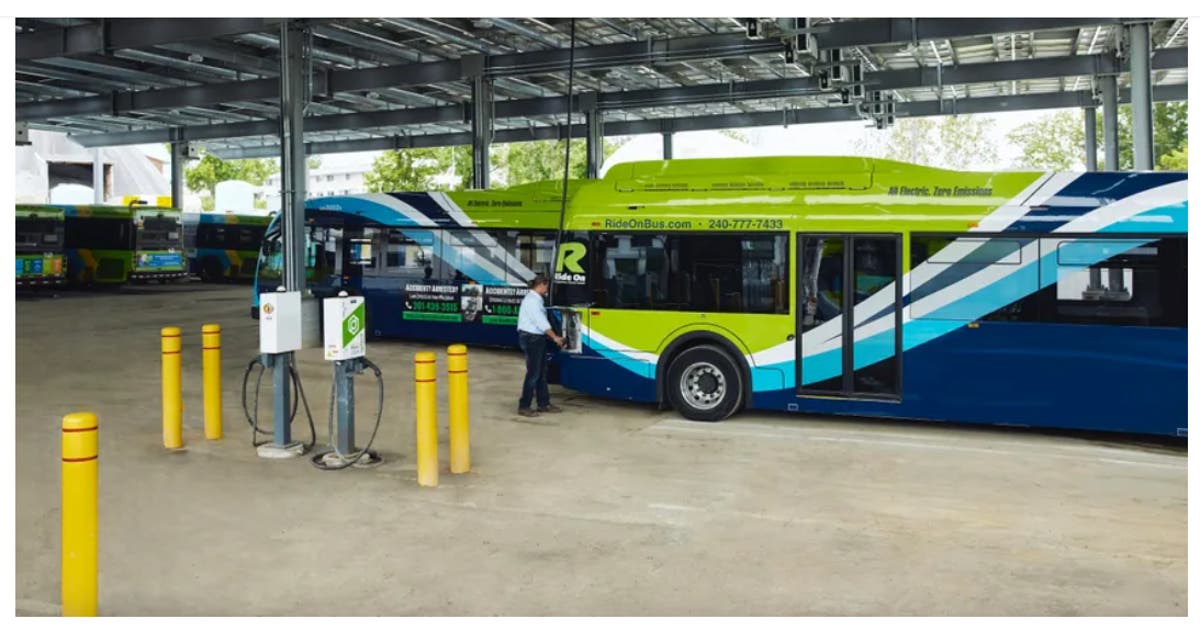The Union of Concerned Scientists, or UCS, published a report on July 25 titled “ published a study ” that reveals the lifetime emissions from an electric vehicle are 50% lower than those from a comparable vehicle powered by a gasoline or diesel engine. The typical new battery electric vehicle creates more than 50% less global warming pollution over the course of its lifetime—from manufacturing to use to disposal—than a comparable gasoline or diesel vehicle. According to the most recent data on power plant emissions and EV sales, the average American EV creates global warming emissions comparable to a gasoline vehicle that gets 91 miles per gallon (emphasis added).
A DISCUSSION OF THE CALCULATIONS The UCS study examined all contributions from power production in order to calculate the overall global warming emissions from charging electric automobiles. These consist of:
emissions produced by the extraction of raw materials, such as coal mining and natural gas drilling emissions produced when these fuels are delivered to power plants emissions produced when various fuels are burned to produce energy in power plants Energy losses that happen during the transfer of electricity from power facilities to the location where the electric car is plugged in The car’s effectiveness in using and recharging electricity Emissions from comparable gasoline and diesel automobiles that contribute to global warming include those that come from:
drilling for oil at the well moving crude oil from fields to refineries gasoline produced by oil refinery fuel delivery to gas stations fuel combustion in a vehicle’s engine THE EMISSIONS VARY BY REGION
Its not really a surprise that overall EV emissions are a function of the emissions released when power is generated. Total emissions will be higher if coal-fired generating facilities provide the majority of the local electricity than if renewable energy sources are used. UCS has included a useful graphic that illustrates the typical emissions from electricity generation in several US regions in recognition of this. But the point is this. Driving an electric vehicle still results in fewer overall emissions than driving a conventional vehicle, even in areas with the greatest pollution, like West Virginia and Ohio. See the map above.
According to UCS, operating an average EV produces fewer emissions nationwide than operating an average new gasoline vehicle.
The average electric vehicle (EV) creates fewer pollution than the 59 miles per gallon most efficient gasoline vehicle on the market, where over 90% of Americans reside. (Note: There are incredibly few of these cars on American roads.) The average electric vehicle (EV) in the United States emits global warming emissions equal to those of a fuel vehicle that gets 91 miles per gallon. In other words, practically everywhere in the United States where 97 percent of the population resides, driving the most efficient EV results in lower emissions than driving the most efficient fuel vehicle. The emissions from operating an electric pickup truck are lower than those from operating a typical new gasoline or diesel pickup vehicle everywhere in the United States. According to UCS, the advantages of transitioning from gasoline to electricity increase with an EV’s efficiency. For instance, driving a 2021 Tesla Model 3 Standard Range Plus in California produces emissions equivalent to those of a 152-mile-per-gallon gasoline vehicle. The global warming emissions from the Tesla are a fifth of the average new gasoline vehicle’s and more than 60% lower than even the most effective gasoline vehicle now available.
WHAT ABOUT FABRICATION? One thing is to operate an EV, but what about creating one? That must produce a lot of emissions. UCS also gave it some thought. It admits that producing an EV emits more greenhouse gases than producing an equivalent gasoline vehicle, principally due to the energy and materials required to make an EV battery. The reductions from driving an EV, however, more than make up for the higher manufacturing emissions because the majority of a vehicle’s lifetime greenhouse gas emissions occur during its use.
UCS determined that the average-efficiency EV with a 300-mile range battery reduces total lifetime emissions by 52% when compared to the typical gasoline sedan (32mpg). Compared to the typical gasoline pickup, an electric pickup truck cuts emissions over the course of its lifetime by 57%.
The breakeven distance is the distance an EV must travel before the savings equal the initial emissions debt incurred during manufacturing. Depending on the emissions linked to each regional electrical grid, several breakeven points exist. The average breakeven point for an electric car with a 300-mile range compared to the typical new gasoline sedan is 21,300 miles of driving, or 22 months based on average yearly driving, according to where the US population resides. When comparing an electric truck (300-mile range) to the typical new gasoline pickup truck, breakeven happens more quickly, at about 17,500 miles (17 months). View the featured image up there.
MATERIALS IN THE RAW AND RECYCLING There is widespread agreement among experts in the field that a raw material shortage is imminent. Simply put, there isn’t enough lithium, nickel, cobalt, and silicon to produce as many electric vehicles as those fueled by gasoline and diesel. A little less than 80 million automobiles and trucks were made in 2021, the most of them powered by internal combustion engines. Although there are supply problems, new technologies are emerging that can lessen their impact.
There is an increase in battery recycling, which can recover up to 95% of the raw components present in modern batteries. Lithium, nickel, and other elements are being replaced by more plentiful materials like iron and salt in other technologies.
Just over ten years have passed since the advent of the electric vehicle. It took more than a century to perfect the internal combustion engine. Development of batteries and EV production is only getting begun. Large portions of recycled materials and newly developed technologies that are currently being perfected in labs all around the world will likely be present in the electric vehicles of 2030.
This is how the UCS summarizes it.
By using electric automobiles instead of conventional ones, air pollution and carbon emissions are reduced. We must hasten the deployment of EVs and make the switch to renewable electricity in order to maximize these reductions. To put the United States on a trajectory toward net-zero climate emissions by the middle of the century, these two transitions are essential.
To achieve this, it will be necessary to implement the appropriate legislative incentives to encourage the production and use of electric vehicles, much as government subsidies have contributed to the success of conventional manufacturers over the previous 100 years. (Government may be the issue, yet the interstate highway system and oil depletion allowances both contributed to the high vehicle sales.)
Drivers of all income levels and locations should be able to access EVs thanks to infrastructure expansion and vehicle incentives. According to UCS, all drivers should be able to transition from gasoline and diesel cars in order to fully profit from EVs. Yes, to that.
Do you value the unique reporting and cleantech news coverage on CleanTechnica? Consider becoming an Patreon patron or a CleanTechnica member, supporter, technician, or ambassador.







